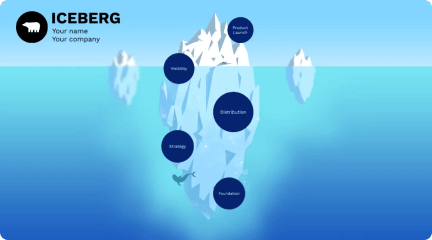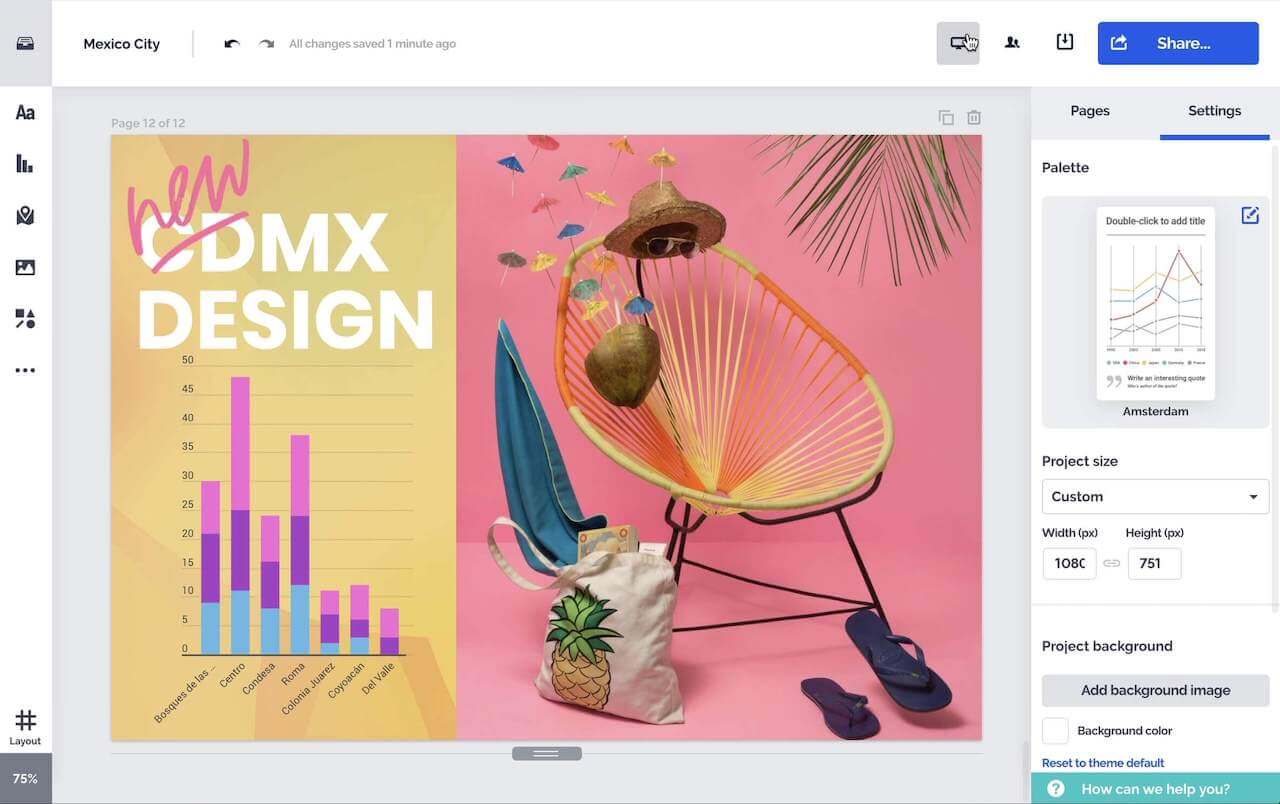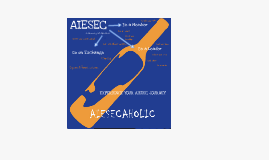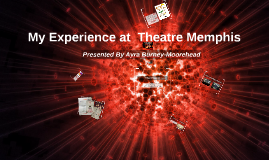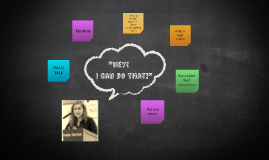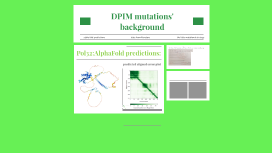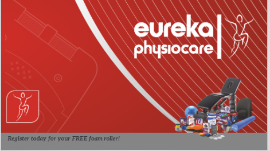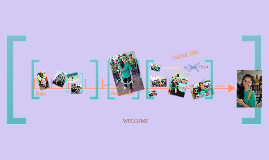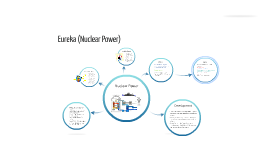Eureka Presentation
Transcript: Theatre Memphis,establish in 1920 , is a local theatre company that provides live entertainment for the entire community to enjoy. (Major Competirors - Playhouse,Orpheum, New Moon) "To provide outstanding theatrical experiences to enrich the lives of our audiences, participants and community." THE END My Advisors/Mentors The Next Stage -I felt very welcomed at Theatre Memphis , the ladies I worked with were very nice and made me feel like i was a part of their family. They were like mentors and sisters at the same time, they all had a good history with theatre and were not afraid to tell me the do's and dont's. I loved them, and they loved me back! Time To Put In Work Presented By Ayra Burney-Moorehead The Lohrey Stage Education background needed for careers in this field - Bachelor of Arts, Theatre Tech , Etc Careers in this field- Performer , technician , Casting director , designer , playwright , director , producery My Experience at Theatre Memphis What Is Theatre Memphis? The Mission What it Takes to be a Working Thespian Where the Magic Happens (Left To Right) Ms.Aliza, Ms.Mandy, Mrs.Emily, Ms.Lena, Ms.Leslie, Ms.Ellen



